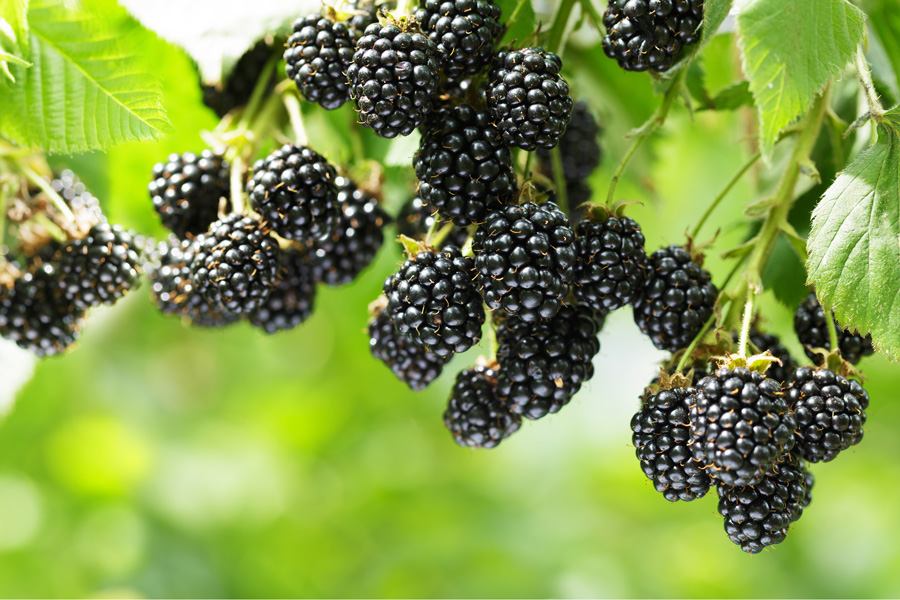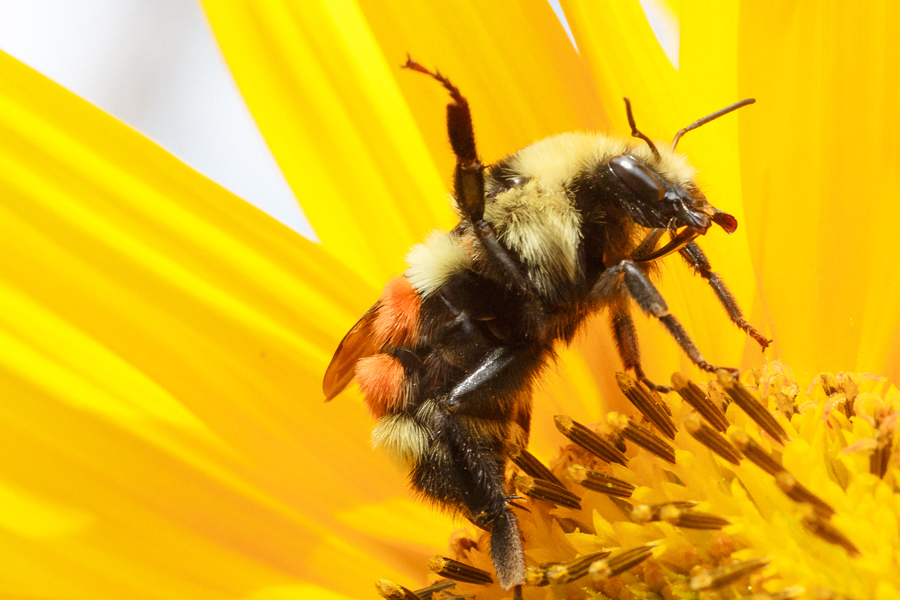-

AP 130-1-06
2023 Corn, Soybean, and Wheat Outlook
1. The Russia-Ukraine war and Mexico’s plan to ban genetically modified corn from the United States will increase uncertainty regarding corn prices. 2. The United States and the world will continue to have a tight wheat supply in 2023, supporting higher than average wheat prices. 3. The low ending stocks…|
-

AP 130-1-05
2023 Vegetables and Pulses Outlook
1. Although the total U.S. fresh vegetable and harvested area decreased by 7% in 2021 compared to 2020, the harvested area is expected to improve in 2023—but not enough to offset 2021. 2. Total vegetables and pulses…|
-

AP 130-1-04
2023 Fruits and Tree Nuts Outlook
1. The three major U.S. peach-producing states experienced a significant fall in production which cumulatively reduced our 2022 production by 15%. Since it is difficult to predict whether the weather and water shortage that contributed to the decrease in production will persist, chances are that…|
-

AP 130-1-03
2023 Cotton Outlook
1. Reduction in consumer demand for cotton related products will suppress cotton prices in 2023. 2. U.S. cotton acreage and production likely will decline in 2023 because of lower relative-price expectations with competing crops. 3. The cotton production profit margin likely will be lower in 2023 with high input costs and low…|
-
 This circular covers basic postharvest harvesting, handling and cold storage principles for fresh-market blackberries to ensure the highest possible shelf-life and quality while minimizing postharvest losses. Blackberries are harvested in Georgia from mid-May to August. Most varieties grown in Georgia were developed by the University of Arkansas breeding program. The blackberry varieties…
This circular covers basic postharvest harvesting, handling and cold storage principles for fresh-market blackberries to ensure the highest possible shelf-life and quality while minimizing postharvest losses. Blackberries are harvested in Georgia from mid-May to August. Most varieties grown in Georgia were developed by the University of Arkansas breeding program. The blackberry varieties…|
-
 Bumblebees are prone to catch your attention with their sonicating buzz or conspicuous and colorful appearance. They are robust, fuzzy-looking insects, with varying bands of coloration and a hairy abdomen. This characteristic differentiates them from the look-alike carpenter bees. Carpenter bees have bald abdomens. Similar to honeybees, bumblebees are in the family…
Bumblebees are prone to catch your attention with their sonicating buzz or conspicuous and colorful appearance. They are robust, fuzzy-looking insects, with varying bands of coloration and a hairy abdomen. This characteristic differentiates them from the look-alike carpenter bees. Carpenter bees have bald abdomens. Similar to honeybees, bumblebees are in the family…|
-
 Commercial poultry producers are looking for ways to improve their environmental impact and also to increase their profitability. Using container composters as a method of daily mortality disposal can be a viable option. Container composters are environmentally friendly compared to the incineration of carcasses, which can result in the emission…
Commercial poultry producers are looking for ways to improve their environmental impact and also to increase their profitability. Using container composters as a method of daily mortality disposal can be a viable option. Container composters are environmentally friendly compared to the incineration of carcasses, which can result in the emission…|
-

C 1284-14
Disciplining Your Grandchildren
How do you teach children to behave appropriately, even when you’re not around? The key is effective, consistent discipline. Children are most likely to be well-adjusted when you combine warmth and love with clear rules and consistency. Your grandchildren need to understand that you love them, but they also need…|